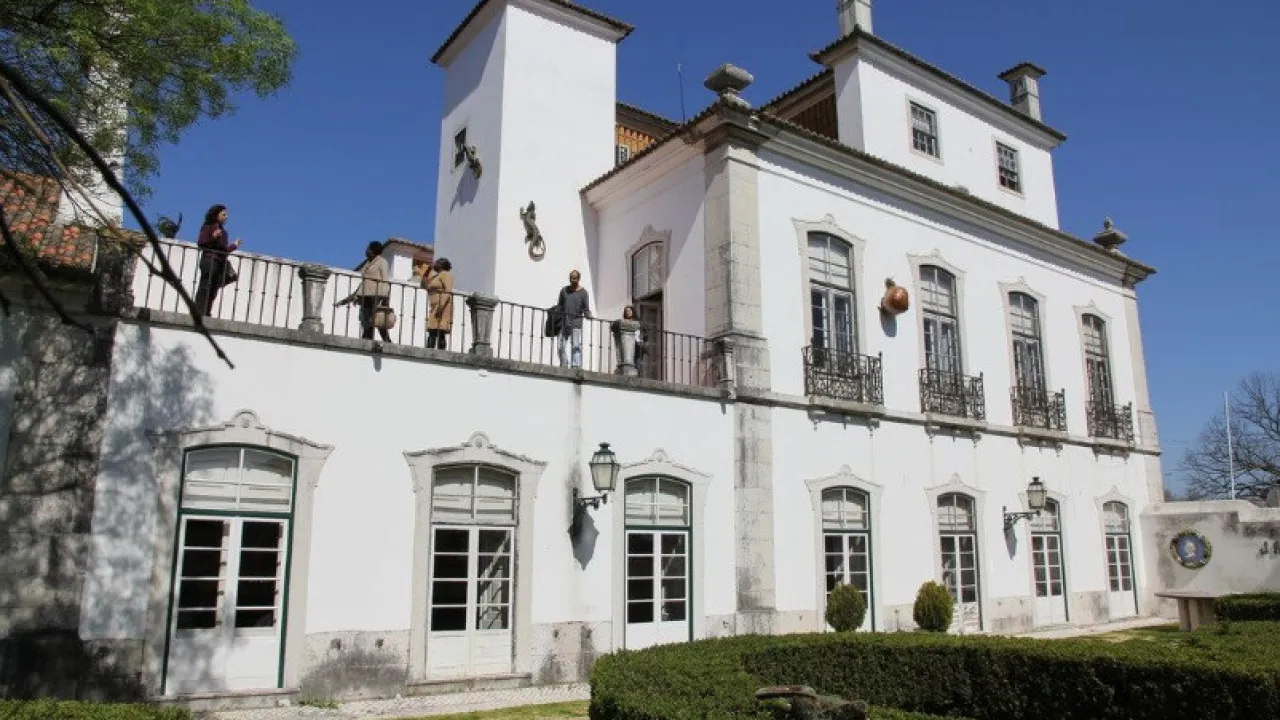
Under the title ‘The Blue Clay of Lisbon,’ the exhibition unveils a rare collection for the first time, closely tied to the 1755 earthquake, and illustrates the daily life in Lisbon before the calamity, according to information from the museum.
Discovered at a depth of approximately nine meters, within a 17th-century dwelling that was consumed by destruction, the pottery fragments serve as a kind of time capsule. Some pieces were analyzed in collaboration with the Instituto Superior Técnico, providing insight into the thermal intensity of the fires that followed the earthquake.
The shapes and decorations of the fragments—and particularly the effect of the fires, which darkened the traditional blue and white glazing—demonstrate the violence of the cataclysm and its impact on people, the city, and even the European mindset, according to experts.
The pieces were gathered between 2001 and 2011 during archaeological campaigns conducted inside the museum, in an area that was once a residence and now houses the museum.
These fragments are tangible evidence of the events of November 1, 1755, “allowing the reconstruction of the daily lives of the people who lived there, whose routines were abruptly disrupted by the disaster,” the text notes.
Lídia Fernandes, coordinator of the Museu de Lisboa – Teatro Romano, emphasizes the uniqueness of the exhibition: “Our exhibitions usually focus on artistic and architectural aspects directly related to the Roman period. This theme deviates from that scope, concentrating on this significant collection from our heritage, which testifies to the occupation of the site where the museum stands during the 18th century.”
Meanwhile, archaeologist Artur Rocha, scientific consultant of the exhibition, highlights the exceptional value of the collection: “This type of faience was produced artisanally but in series. There are hundreds or thousands appearing in recent excavations.”
“However, a collection like this, found in a closed context, with the pieces burned, directly linked to a significant event for the city like the 1755 earthquake, and recovered precisely from the site where they were destroyed, is the great asset of this collection, as in that sense, they are unique pieces,” the specialist adds.
The exhibition “The Blue Clay of Lisbon,” offering a new perspective on the city’s past through its domestic remnants, will be on display until October 26 at the Museu de Lisboa.




